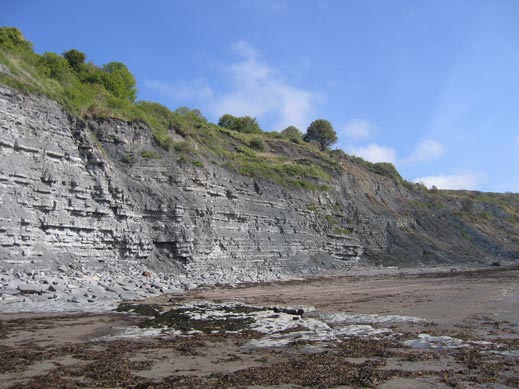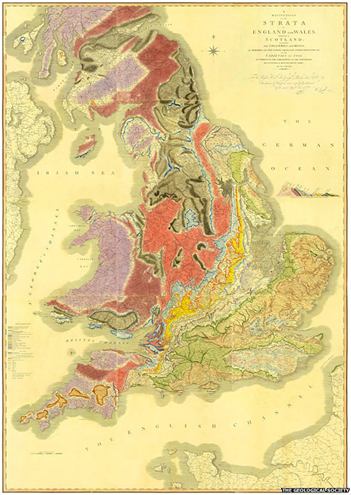Explaining the Principle of Superposition
Explaining The Principle of Superposition
Everything Dinosaur received an enquiry earlier this week from a young student studying rocks and fossils at their school as part of a geology project. The student asked, “what is the law of superposition?” Our team members were happy to provide a short explanation.
The principle of superposition, often referred to as the law of superposition is an observation that sedimentary layers of rock at the bottom of a sequence if they undeformed, then they must be older than those at the top. The bottom layers must have been in existence in order to permit the upper layers to have been deposited on top of them.
Layers of Sedimentary Rock Demonstrating the Principle of Superposition

Picture credit: Everything Dinosaur
A Fundamental Principle of Geology
The law of superposition is regarded as one of the fundamental principles that underpins modern geology, although this principle is very much applicable in other research fields such as archaeology. It helps to provide a basis for the relative dating of strata. As the oldest strata will always be found at the bottom of an undeformed, observable sequence of sedimentary rocks. It is extremely helpful when considering stratigraphical dating, which is governed by the proposition that a layer cannot be older than its constituents.
The introduction of this principle is accredited to the Danish polymath Nicolas Stenos (1638-1686), often referred to as the “father of modern geology”. In 2012, Nicolas Stenos was honoured with the creation of a Google doodle demonstrating his principle complete with illustrations of fossils.
The 2012 Google Doodle Honouring Nicolas Stenos
Picture credit: Google
This geological principle was popularised by the famous English geologist William Smith (1769-1839), who used this law to create the first ever map showing the geology of a landscape. In 1815, the year of the battle of Waterloo, William Smith published a map outlining the geology of England, Wales and parts of Scotland.
The “Ground-breaking” First Geological Map to be Published
Picture credit: The Geological Society of London
Visit the Everything Dinosaur website: Everything Dinosaur.



